
AeroGenie - مساعد الطيار الذكي الخاص بك.
الرائج الآن
Categories
Rising Air Travel Demand Drives Aviation Leasing Market Growth to $408 Billion by 2034
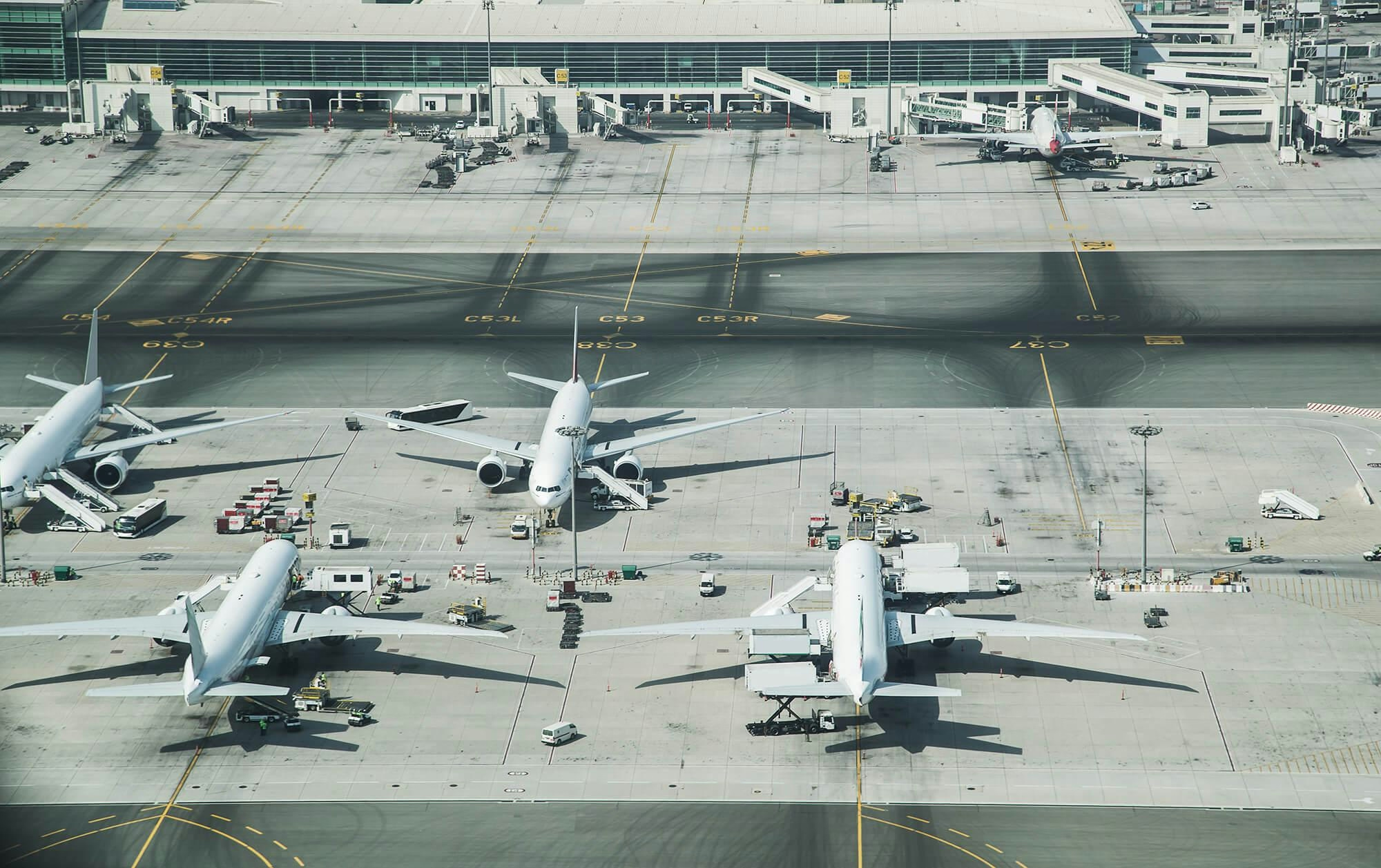
Rising Air Travel Demand Drives Aviation Leasing Market Growth to $408 Billion by 2034
The global aviation leasing market is projected to experience significant growth over the next decade, with its value expected to reach $408.24 billion by 2034, up from $244.69 billion in 2024. This expansion, representing a compound annual growth rate (CAGR) of 5.25% from 2025 to 2034, is primarily driven by increasing air travel demand, ongoing fleet modernization efforts, and airlines’ growing preference for asset-light business models.
Drivers of Market Expansion
The resurgence in global passenger traffic following the pandemic, combined with rising disposable incomes, is fueling robust demand for air travel across both emerging and developed markets. Airlines are increasingly favoring operating leases over outright aircraft purchases, a strategic shift that reduces capital expenditure and enhances financial flexibility. This trend is complemented by the imperative to modernize fleets in response to stringent emission regulations and the need to lower operating costs, prompting airlines to lease newer, more fuel-efficient aircraft.
The expansion of low-cost carriers (LCCs) further bolsters the leasing market, as these airlines rely heavily on leased aircraft to manage capacity flexibly and meet growing consumer demand for affordable travel. Additionally, favorable regulatory environments in key leasing hubs such as Ireland, Singapore, and Hong Kong continue to attract market participants by offering supportive tax and legal frameworks.
Market Segmentation and Regional Dynamics
Dry leasing, where only the aircraft is provided, dominates the market with a 72.6% share in 2024. Wet leasing, which includes aircraft, crew, maintenance, and insurance, typically serves short-term or seasonal requirements. In terms of aircraft types, narrow-body aircraft lead demand due to their popularity among LCCs and regional airlines, while wide-body aircraft cater to long-haul international routes. Regional jets are also gaining traction for short-haul and point-to-point connectivity.
Operating lessors hold the majority share of the market, offering flexible lease structures and comprehensive fleet management services. Financial lessors, including banks and other institutions, provide asset-backed financing solutions that support the sector’s growth.
Regionally, North America commands the largest market share at 38.3% in 2024, driven by major airlines, advanced infrastructure, and a strong focus on fleet renewal. Europe remains a critical hub, with Ireland benefiting from tax incentives and favorable legal frameworks that support leasing activities. The Asia-Pacific region is the fastest-growing market, propelled by rapid LCC expansion, enhanced air connectivity, and a growing middle class in countries such as China, India, and those in Southeast Asia. Meanwhile, South America and the Middle East & Africa are gradually adopting leasing models as regional airlines expand their fleets.
Industry Trends and Challenges
The aviation leasing sector is moderately consolidated, with leading global lessors and financial institutions offering tailored solutions to meet diverse airline needs. Companies are increasingly focusing on fleet diversification, sustainable financing, and strategic partnerships to capture market share. Investments in new-generation, fuel-efficient aircraft align with broader sustainability goals within the industry.
Rising demand is also driving increased investment in airport infrastructure and ground services aimed at improving operational efficiency and passenger experience. Private jet operators, including NetJets, Flexjet, and VistaJet, are capitalizing on the positive market outlook by exploring growth opportunities in business aviation.
However, the sector faces potential challenges. The Association of Asia Pacific Airlines has identified geopolitical volatility as a risk that could adversely affect travel demand. Additionally, ongoing delivery delays from major manufacturers Boeing and Airbus are compelling airlines to retain older aircraft longer, thereby increasing demand for aftermarket maintenance services. This trend is reflected in GE Aerospace’s upward revision of its 2025 profit forecast.
Outlook
Despite these challenges, the aviation leasing market is well-positioned for sustained growth, supported by strong passenger demand, evolving airline strategies, and continued investments in fleet and infrastructure modernization.
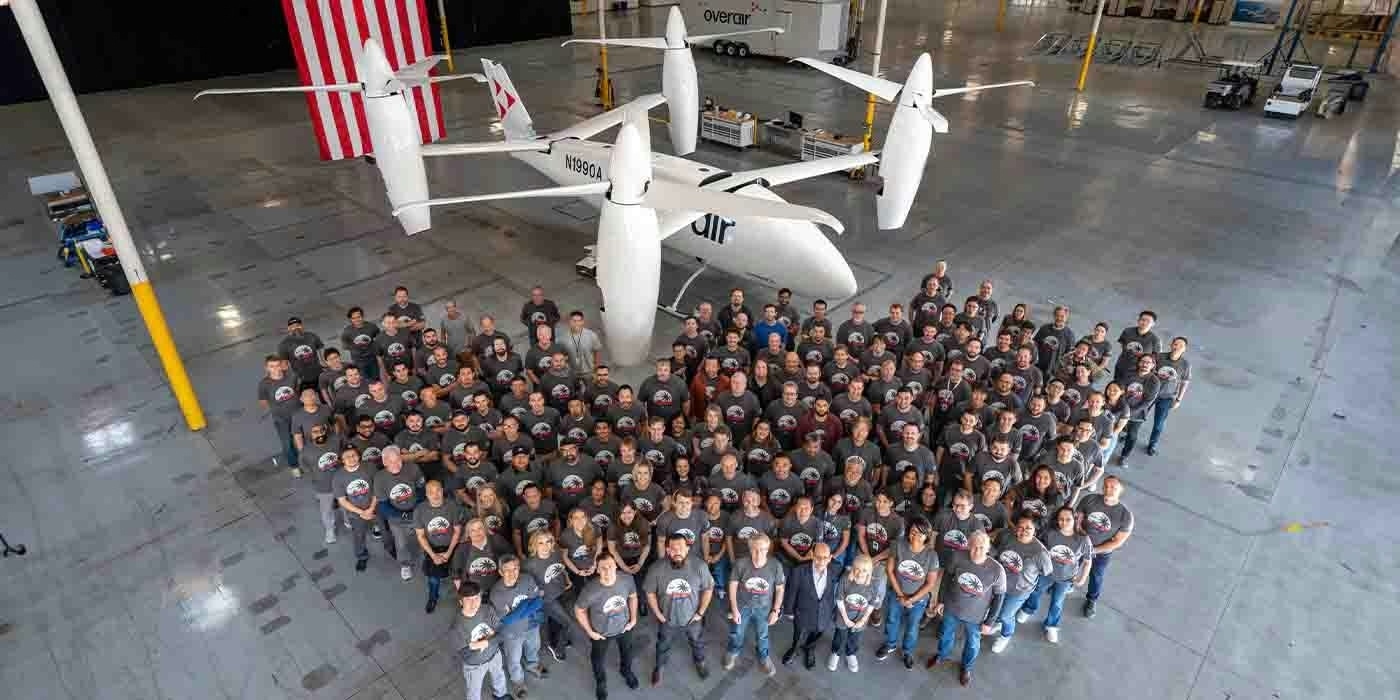
Unique mixed-propulsion eVTOL completes transition flight testing
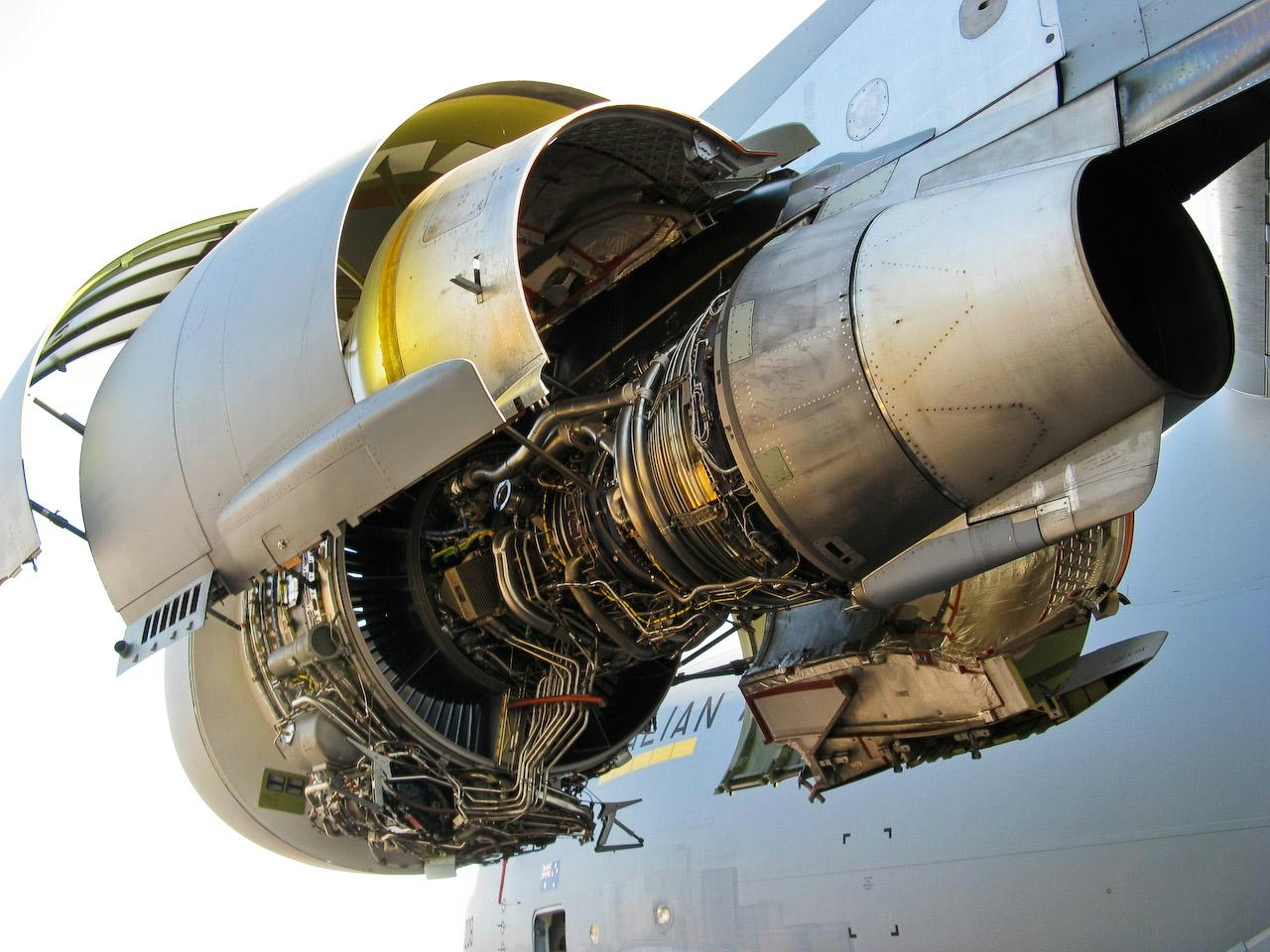
Are C-17 Globemaster Engines Derived from Boeing 757?
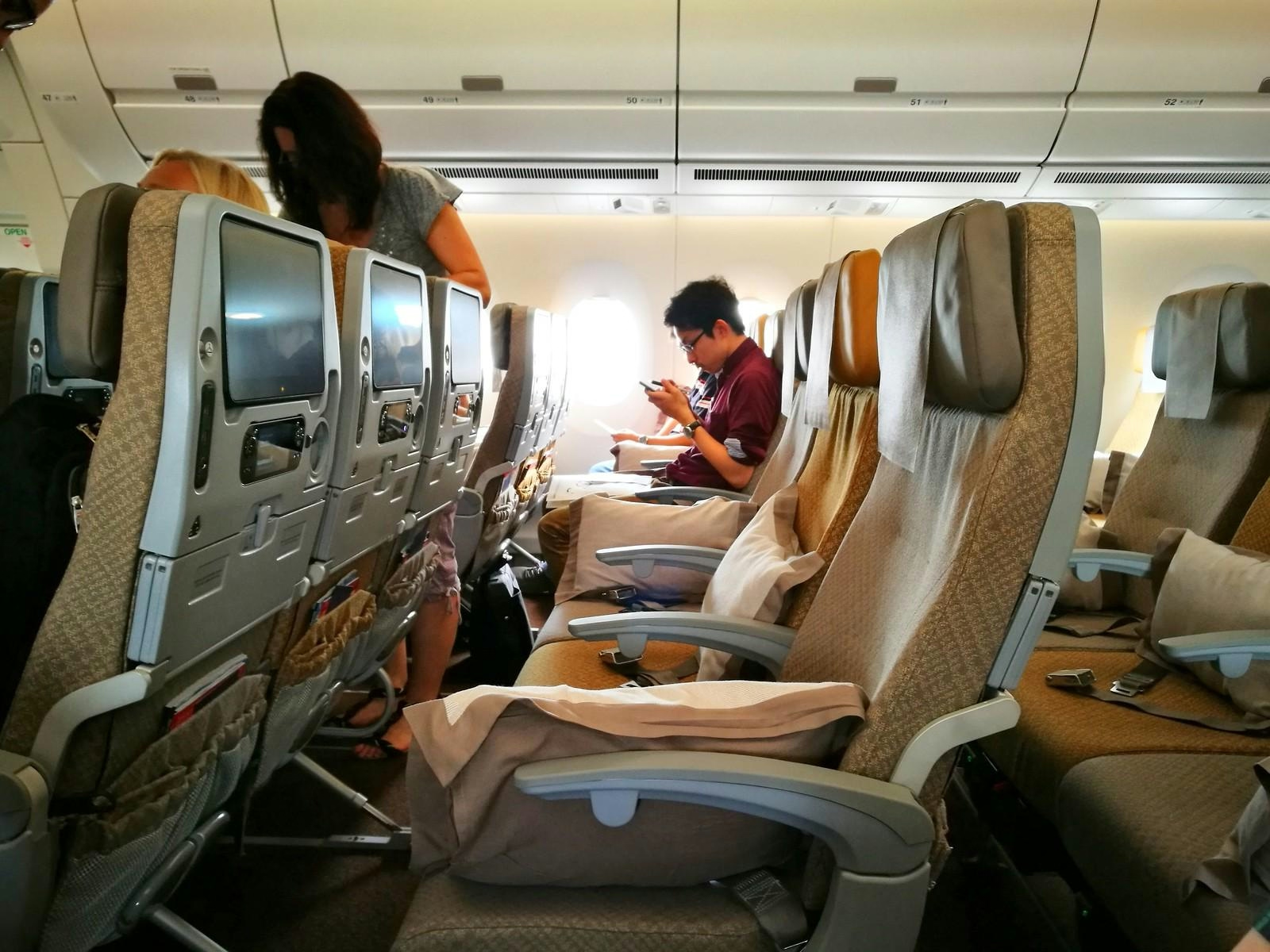
Why the Airbus A350’s Cabin Is Quieter Than Other Aircraft
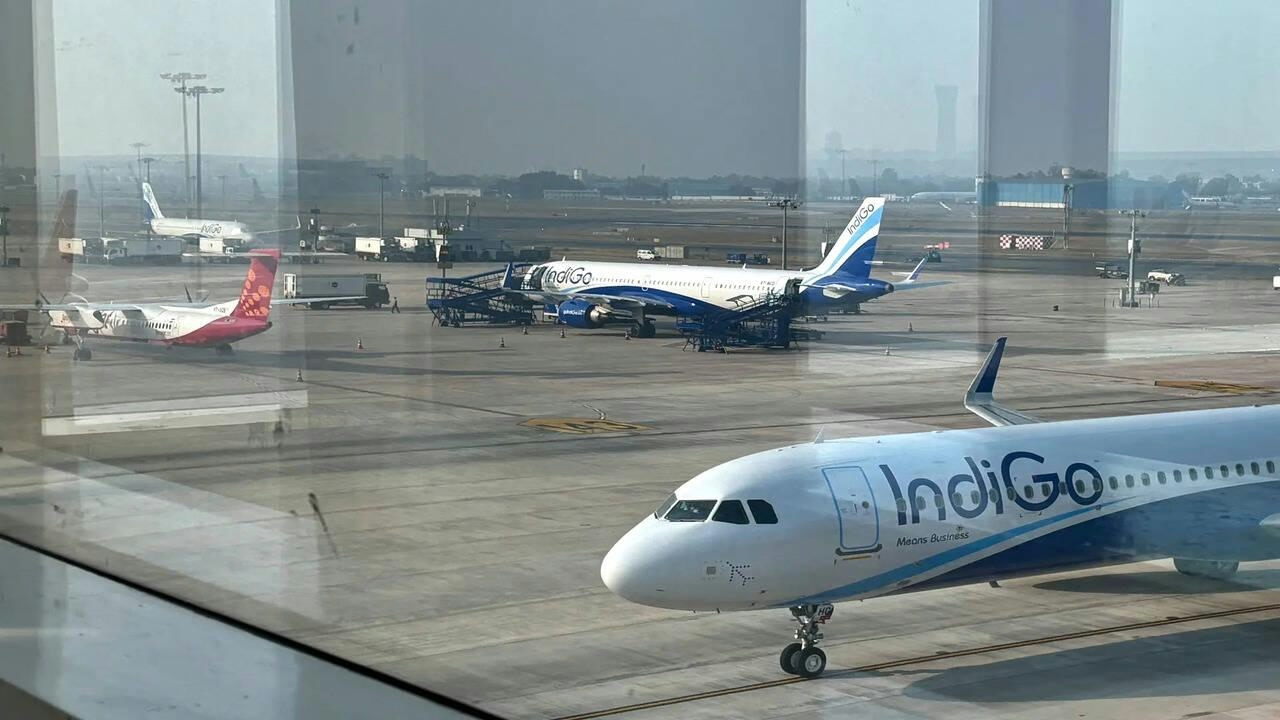
AI and AI Express Plan to Increase Capacity Amid IndiGo Flight Disruptions
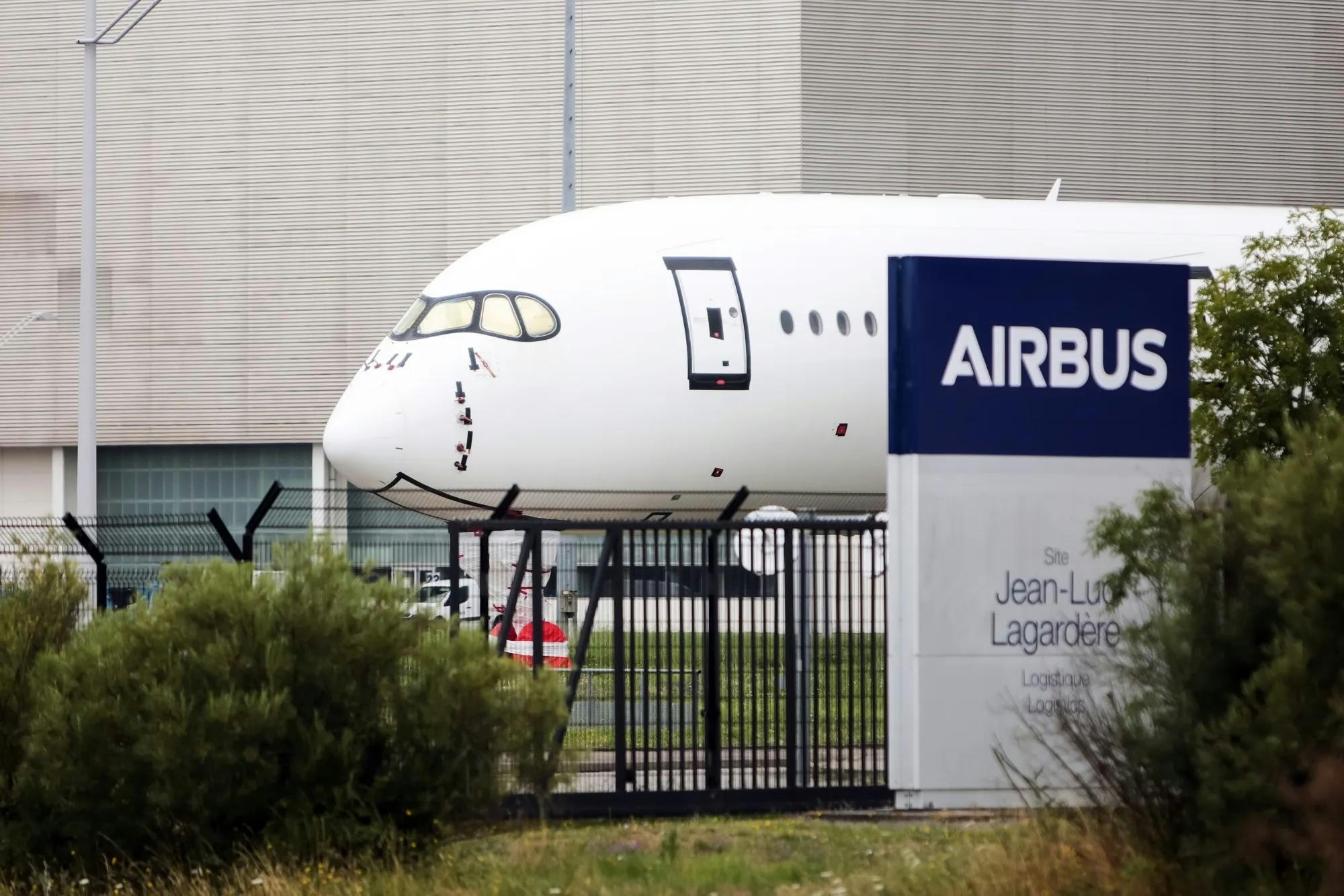
Kazakhstan and France Agree on Airbus Aircraft Deliveries
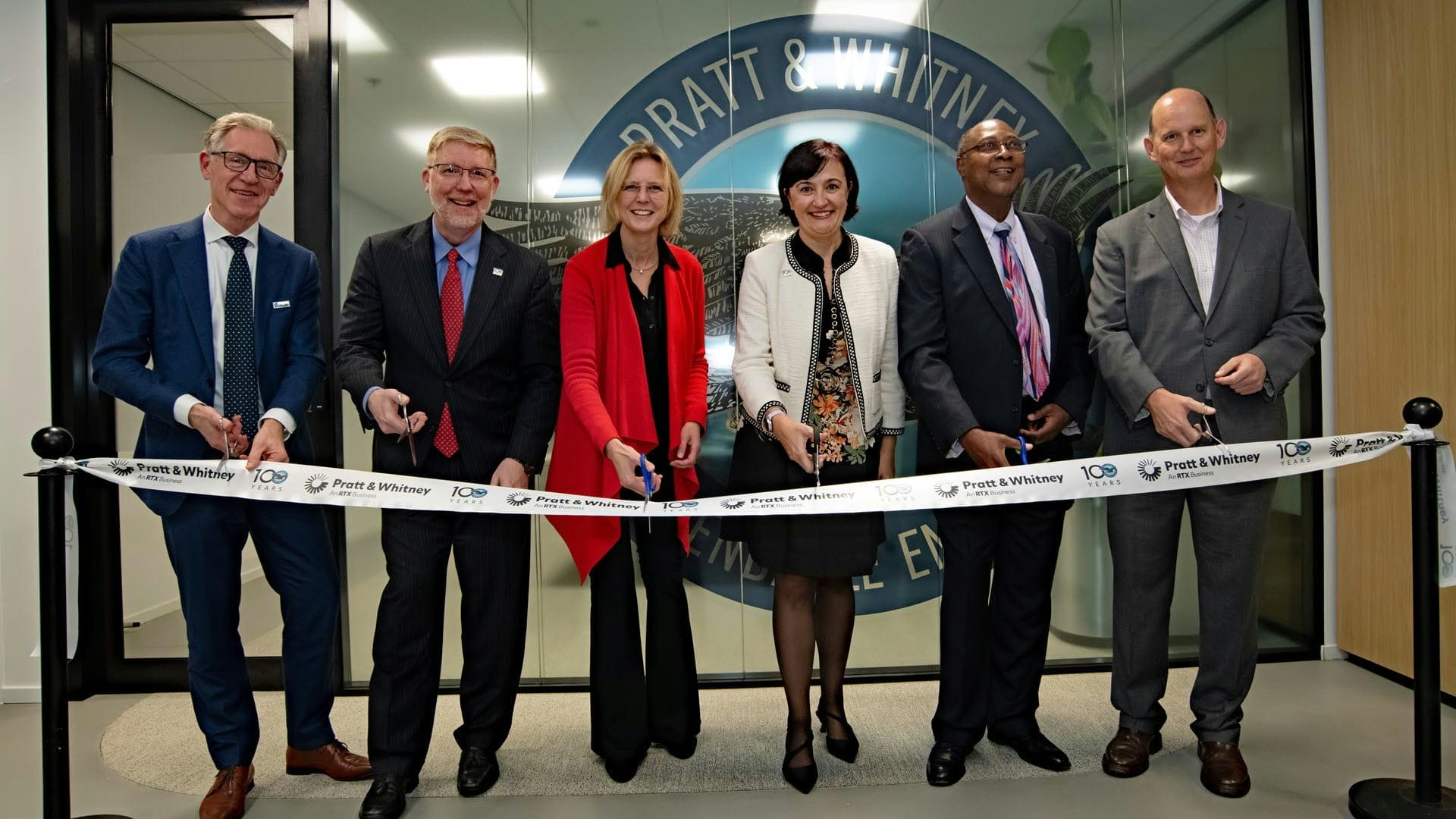
Europe’s Emerging Talent Drives Aviation Innovation
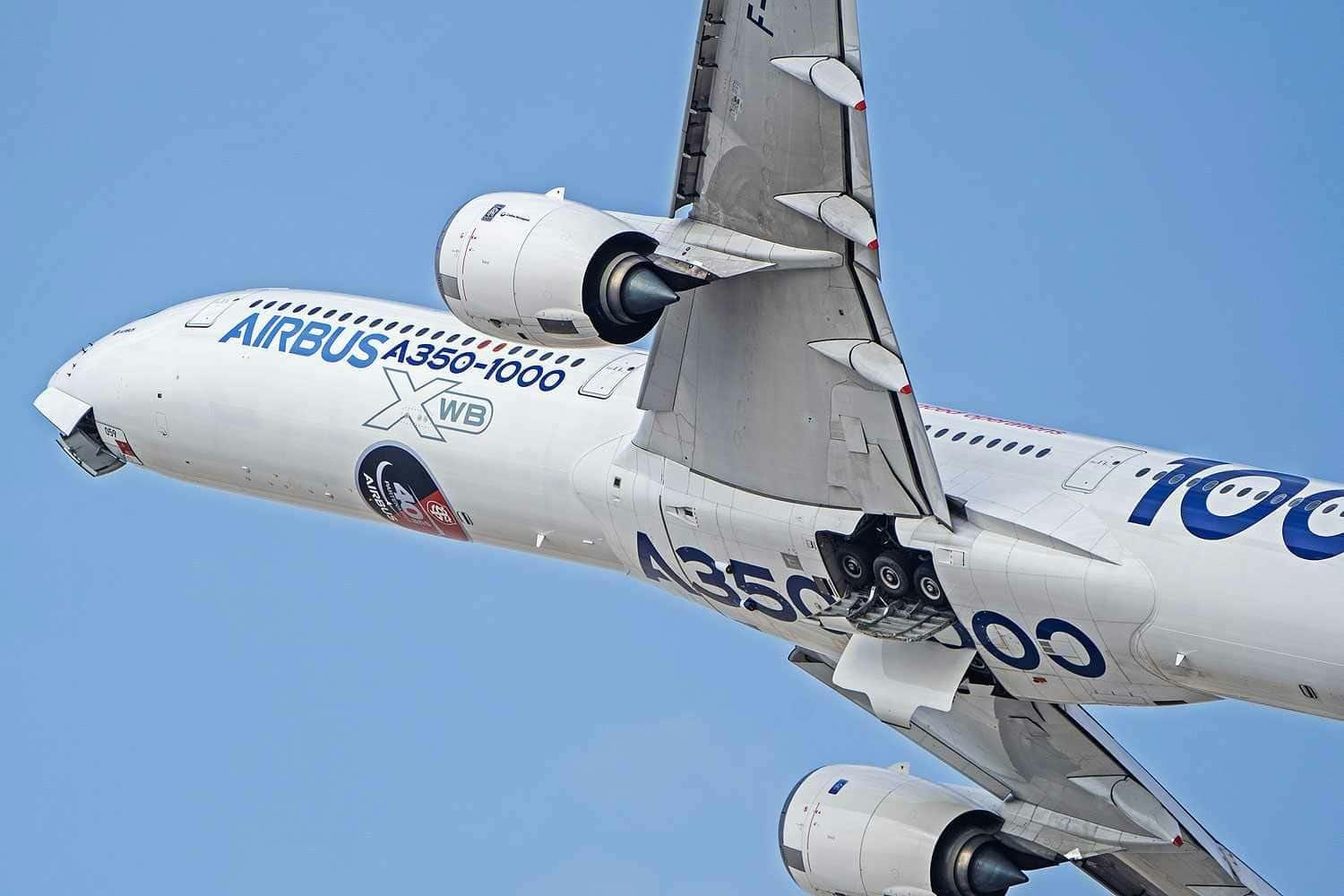
Airbus Receives New Order for A350-1000
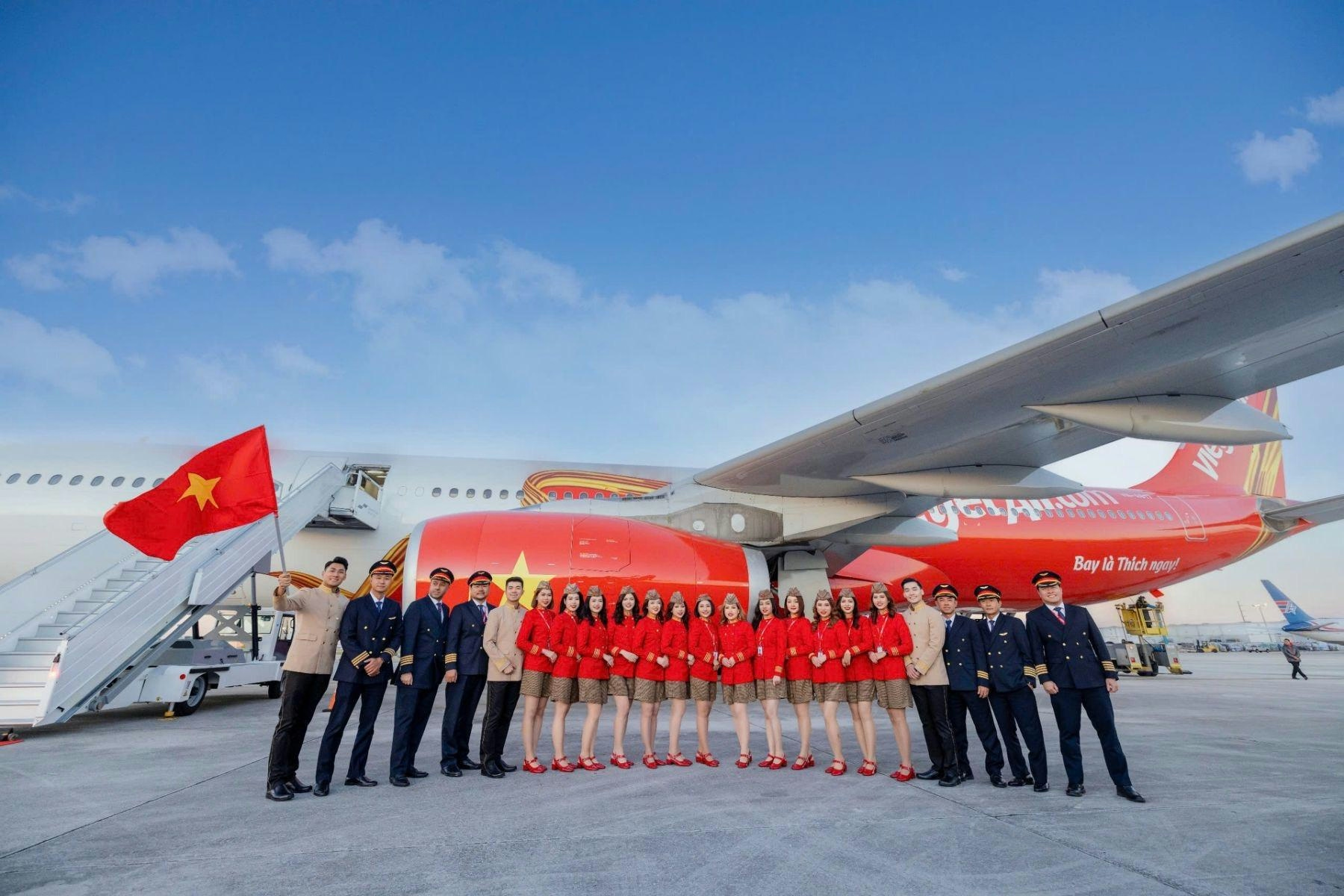
The Leading Widebody Aircraft in Service Today
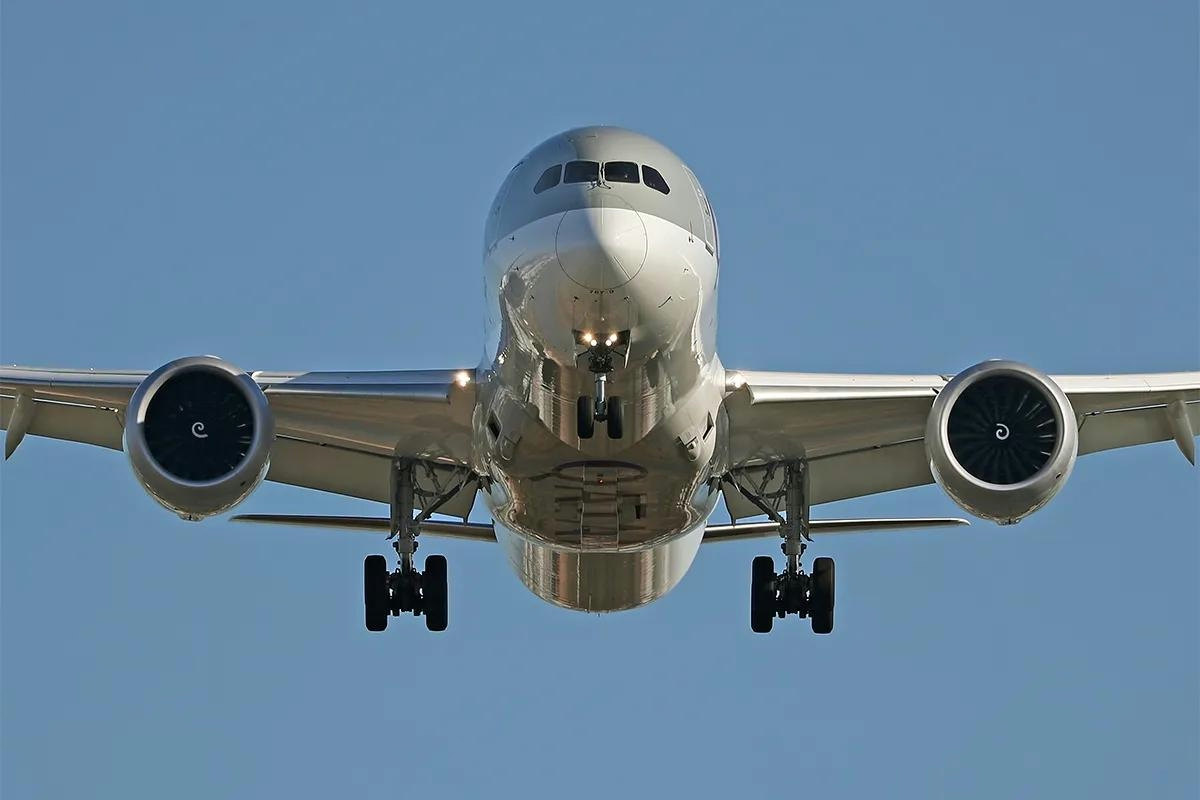
The Fastest Boeing Jet Currently in Service
